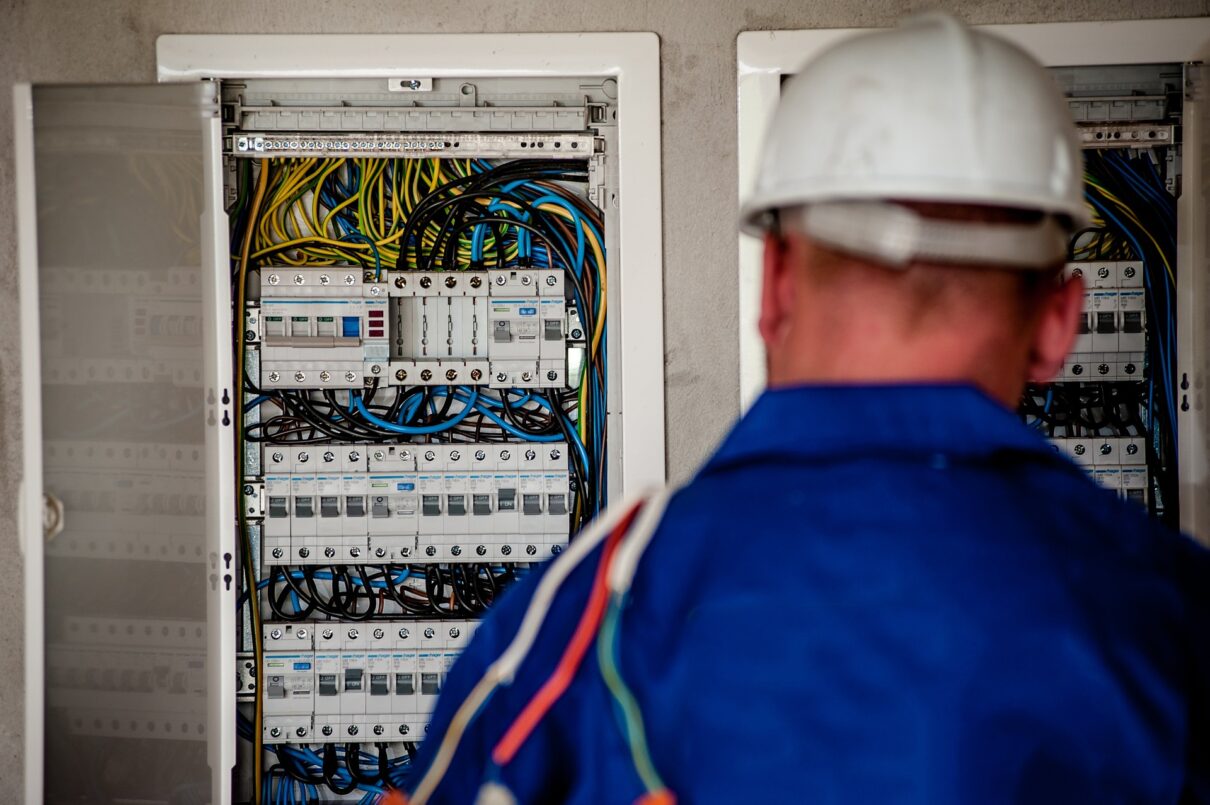Smart, Grid-Interactive Buildings Can Help Solve Electricity Market Woes

New research shows that the country’s energy security can be supported with minimal intervention and investment, simply by changing the time of day that electricity is used and harnessing the power of buildings as thermal batteries.
These findings are included in new research from the Australia Institute, in partnership with leading Australian building technology service provider ‘Buildings Alive’.
Key findings:
- If buildings shifted one third of their peak electricity consumption to the middle of the day, this would save $1.7 billion annually and reduce Australia’s greenhouse gas emissions by 2,780,000 tonnes per year.
- These changes could be secured through relatively minor changes to building management practices, such as cooling large office buildings earlier in the day and then allowing their temperature to rise back to normal levels across the afternoon.
- Current efficiency ratings systems are holding back the adoption of new technologies by failing to recognise the financial, emissions and grid stabilising potential of smart, grid-interactive buildings.
“It’s pretty simple really. We have a supply and demand problem in the Australian electricity market,” says Dr. Richard Denniss, Executive Director at The Australia Institute.
“Australia has lots of cheap, clean renewable energy supply in the middle of the day, but there is lots of demand towards the end of the day when we rely on electricity from coal and gas.
“Luckily for everyone except the owners of the coal fired power stations, it is relatively easy to shift a lot of electricity demand from late afternoon to the middle of the day. Our research shows big commercial buildings are particularly good at shifting their daily electricity demand around, to take better advantage of the cheap, clean power that is so abundant in the middle of the day.
“By thinking creatively and changing the demand pattern of large Australian buildings to match the times when electricity supply is bountiful, cheap, and low in carbon emissions, we can have a major impact with relatively low levels of intervention and investment.”
“The solutions to this problem exist already, we just need to get on and start using them,” says Dr. Craig Roussac, Chief Executive Officer at Buildings Alive.
“If we don’t harness the potential of smart, grid-interactive buildings, Australians will pay the price through higher network costs, more expensive electricity and increased carbon pollution.
“Australia has had world-leading building efficiency ratings systems in the past, but they have not evolved. Most buildings can double their energy demand at times of the day when it’s abundant and halve it when networks are constrained. This is a massive service they can offer.
“All electricity is not created equal and our markets, incentive structures, and ratings systems should be designed to reflect that fact. Only then will the significant potential of smart buildings to ease pressure on the grid at peak times, while reducing both costs and carbon emissions, be realised.”
Related research
General Enquiries
Emily Bird Office Manager
Media Enquiries
Glenn Connley Senior Media Advisor